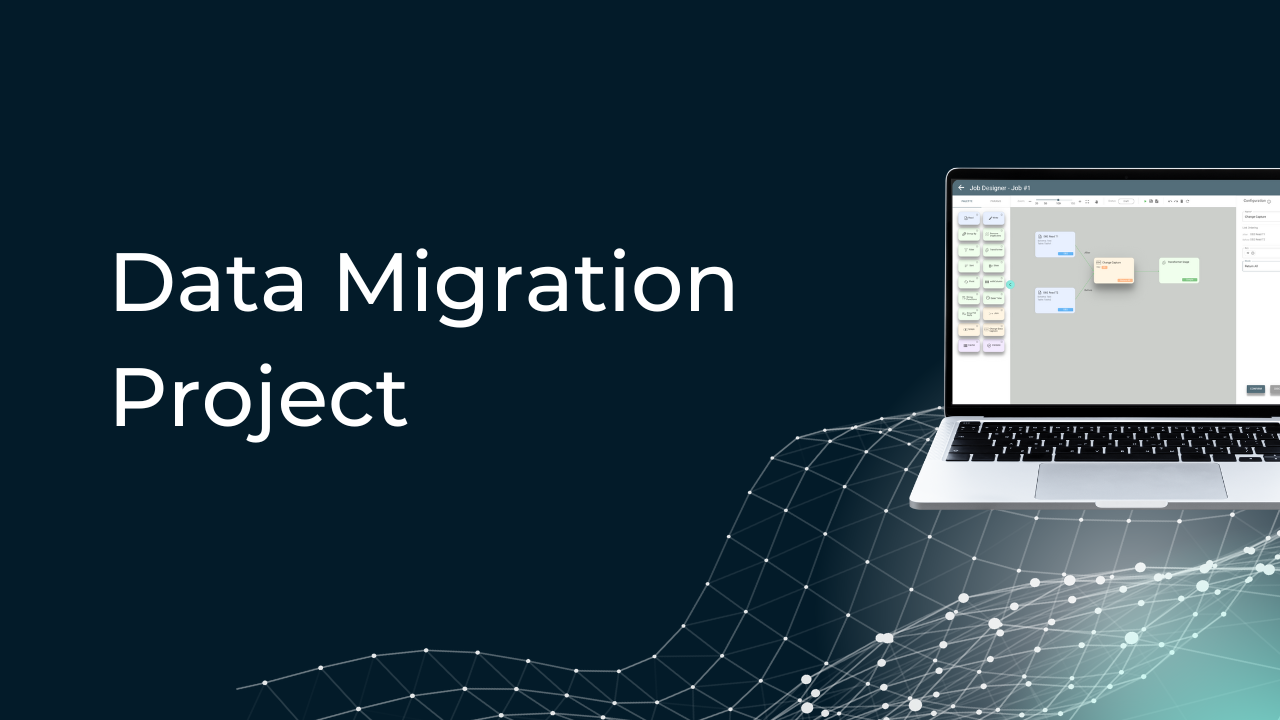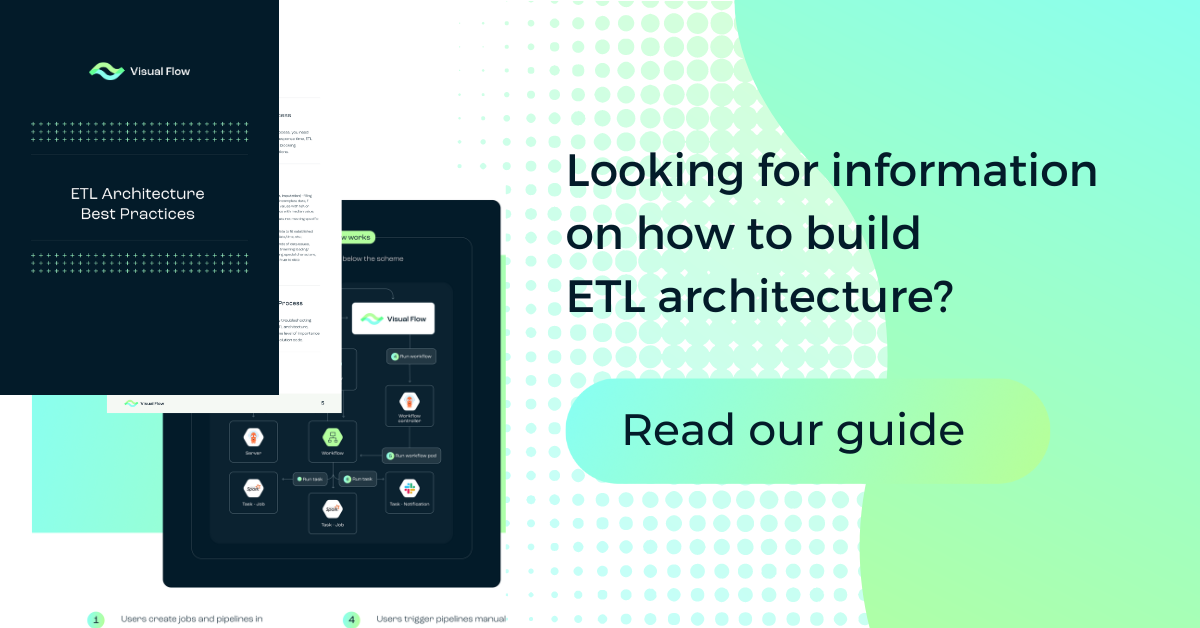Table of Content:
Table of Content:


Organizations inevitably reach a point when their current data solutions cannot meet their demands as they develop. Something frequently sets businesses to think about data center relocation into a new environment, whether it is raising the capacity to launch a new application or access to a wider spectrum of connection choices.
Should your company have passed this mark, your data center business strategy will need to be modified to suit the transfer.
Most companies depend on the aging data center infrastructure that is neither adequate nor efficient nowadays. It cannot store or analyze vast amounts of data. Your key IT network should help your company, not limit its capacity for innovation or growth.
To break into new ground, get a competitive edge, or remain in the market, your company needs infrastructure that amplifies and safeguards the data you acquire. The success of your data center migration will help your company to raise agility, efficiency, and production.

Furthermore, shifting your growing workloads to a moving platform will let you scale and develop quickly, support additional corporate needs, profit from market possibilities, convert your company into a digital-first business, improve client service, and refine your bottom line.
Once you determine you need a data center migration, you next have to start it.

Defining Data Center Migration
A data center migration, or relocation, is the process of implementing your current data center operating environment elsewhere (location or IT infrastructure). Moving your data center to a new location, building, or IT infrastructure requires methodical planning and organization.
Before actually or practically shifting a data center to a new place, migration calls for the logical and operational relocation of a data center. Regarding end customers, it describes the acceptance of either conventional or in-house data center infrastructure over cloud or managed platforms.
Before a successful migration, you need to make sure that:
- The new infrastructure or facility either meets or surpasses the predicted future needs.
- It fits current solutions and applications.
- You do a test migration to guarantee a seamless move.
- You cover extensive aspects of planning and validation.
You should also control and transition your staff’s workflows and schedule to ensure that existing company activities are not too affected.

Motivations Behind Data Center Migration
Does your data need to be migrated? To answer this question accurately and on time, you must monitor your organization’s data center performance. If you aren’t already doing this, you could be drastically underutilizing your infrastructure resources, which could lead to surprising consequences. You can also be overpaying for a system that fails to satisfy your company demands, compliance or security requirements, or match your industry.
Many companies today are stymied by outdated systems, and they often don’t even realize it. According to recent research, the most important obstacle to IT transformation seen by at least 64% of IT experts from big companies was their legacy IT infrastructure and obsolete technologies. Unexpected difficulties caused fifty-one percent of the respondents to stop or postpone their attempts at change.
Legacy technologies have more than pounds and pence worth of cost. It covers downtime, pointless worry, and reduced output.
Regarding security, companies are also practically helpless even if they spend extensively on backup systems and data security. Protecting aged equipment and technologies against advanced cyber assaults is becoming more difficult.

Cybersecurity flaws impact whole companies. Dated systems compel IT employees to devote more time and effort to safeguarding infrastructure than to supporting corporate growth. Should these systems also be targets for assault, companies suffer massive expenses, delayed operations, difficulties with recovery, and lost stakeholder confidence.
Does your data need to be migrated then? The answer is yes if you find yourself fretting or going through any of the above-described realities.
You must make sure your company follows the road of significant IT transformation. You have to know what platforms and upgrades you require, as well as how they will affect your company.

Data Center Migration Framework
Each of the numerous data center tech systems has advantages; however, it is essential to find the ideal mix of cost, performance, and adaptability. Is a hybrid strategy more your style, or are you planning a complete move to the cloud?
Choose your option depending on the existing and future requirements of your company. Selecting a cross-platform approach that allows you to make use of several infrastructure possibilities may be more sensible depending on your particular company situation.
Some potential platforms for data center relocation are detailed below:
- Cloud. Data center migration to the cloud lets you maximize your IT environment for the best performance. Once your workloads match the suitable platform — private, public, or hybrid — a varied cloud system may help your company simplify its administration and acquire interoperability.
- Traditional (on-premises). Moving to a modernized in-house data center lets you better oversee your critical data on-site and protects it. Moreover, your company stays nimble using systems that can handle the most recent projects.
- Converged. Converged infrastructure lets you reduce your data footprint. It treats network, processing, and data storage as one system. It also allows you the freedom to replace elements or fix the system, therefore simplifying scaling’s complexity, and employing other components.
- Hyper-converged infrastructure (HCI). Small infrastructure systems with low workloads would find HCI perfect. When needed, it lets you grow and provides great efficiency with a minimum impact. The platform is entirely pre-set for fast deployment and combines multiple components into one box.
You may get expert advice on which IT system is ideal for your data and workload needs from Visual Flow. By means of the ideal data center migration methodology, a knowledgeable IT service provider will assist you in reducing the possible dangers of transfer. A seamless data migration safeguards your data and apps all through the process, has little to no negative business effects, and causes minimal downtime.

Phases of the Data Center Migration Journey
Modernizing a data center is a difficult and multifarious procedure. There are the primary phases of the data center migration:
- Planning and preparation. Companies must provide site locations, network layouts, size estimates, information requests (RFIs), and communication strategies ahead of time.
- Infrastructure evaluation. For new data centers, enterprises must check the network architecture and associated infrastructure. Link design also requires determining a cost matrix, which is critical for cable routing and administration.
- Design and estimation. When developing a data center migration to the cloud project plan, businesses think about which apps to transfer first: low-level or high-level. You should project and prepare ahead for any migration process challenges.
- Data and application migration planning. Before migration, applications might need to be refactored; so, the IT team has to build thorough test procedures to guarantee that the refactored application performs as planned.
- Hardware migration planning. Moving servers, storage, and network equipment is a big part of data center migrations that include colocation and switches. Servers are susceptible to environmental conditions like electrostatic discharge, hence they need particular attention during transportation.
- Target data center verification. A pre-production evaluation of the infrastructure guarantees good running after migration. The large expense of data center relocation and associated infrastructure needs must be considered by teams before making a data center choice.
Finally, post-migration testing guarantees that systems and applications are operating as intended. All flyovers and high-availability components should be tested during the maintenance timeframe. Teams may do functional testing, performance testing, and other kinds of testing depending on the kind of workload.

Strategies for a Successful Migration
The following checklist of data center migration best practices will help you effectively handle critical chores and reduce risk and downtime all through the data center migration process.
Meticulous Planning
In any data center transfer, planning is the most important phase. It covers the physical infrastructure, relocation checklist, choosing the best IT infrastructure, and organizing the administration and follow-up for the project.
The main goals include:
- Design. Among the questions to address here are: What will you need to purchase, create, implement, and oversee? Where is it going? Additionally, when will it arrive? Will you consolidate? When does your new data center’s capacity run out? Usually, the overall need is for 15% to 20% overhead at the rack level to provide growth capacity.
- Examination. All relevant stakeholders — in IT and business — are obliged to examine the design phase once it is under completion. At this moment, everyone guarantees the inclusion of their goals and success criteria to avoid future issues.
- Revisions. Revisions include any unfulfilled goals and success criteria noted during the review process.
The final data center migration assessment is essential to start development.

Stakeholder Collaboration
Maintaining the success of a data center move depends on winning over important stakeholders. Early open communication about the advantages, dangers, and effects of the move is the best approach in this case. Executive dashboards, application owner and user updates, moving team briefings, and frequent progress reports to all stakeholders are the components of effective continuous communication.

Data Protection Measures
No matter what, you must have a data backup. Should anything go wrong during the relocation procedure, this serves as your safety net.
So, select the appropriate backup mechanism. There are many backup data management options at hand. Choose one fit for your target and source systems.
Test the backup to be sure it can be successfully restored before starting the transfer. As you make changes to the source data in preparation, be sure your backup is up-to-date too.
Creating a strong disaster recovery plan includes a thorough rollback in case the migration runs into major issues and for any hardware failures or unplanned extended outages.

Thorough Testing Procedures
Run tests utilizing non-critical data to hone the migration strategy and evaluate the network setups and power sequences. Track and document these tests, then provide results to the team working on data center migration and administration.
Documentation Practices
Create a future reference documentation template including procedures, data center migration solutions applied, important lessons learned, and any potential risks. Decide who owns data quality rules sign-off and create escalation protocols.
Write a policy document including best practices and rules for data migration within the company. Make the documentation conveniently available for next usage and distribute it to pertinent parties.

Common Obstacles in Data Center Migration
Moving a data center exposes a lot of challenges and difficulties.
- Ignorance of realistic time expectations regarding the migration. Ignoring to creation of reasonable process time assumptions is the typical error made during migration. To guarantee you account for the downtime and prevent surprises later, the test migration should provide you with a ballpark estimate of how long the whole operation will take. Since the production migration procedure requires attention to detail and care, it is often lengthier than the test migration.
- Post-migration testing. Testing after migration is never easy. Engaging your team and clients to know their operating experiences and plan things out is still a smart approach nonetheless. Collect end-to-end performance metrics and timings for selected sets of transactions on mission-critical apps from network personnel before migration. Record the tests; then, after moving, repeat them.
- Hidden difficulties always exist. You most likely neither know nor have considered hidden complexity like back-end attachments to the important apps you want to migrate. Your current data center may have some legacy programs even older than you. Consequently, it is never too early to start a thorough inventory with your staff and clients and record all of it in a CMDB-style database.
- Migration intervals affect regular work schedules. Data center migrations often involve some level of downtime. So, begin communicating with your end-users and support staff about the fact that some of them may volunteer to answer questions needed for the migration. The timetable alone might require months of preparation.
- Fragile application delivery optimization (ADO). Using load balancers or optimizers means you will have to go through their configuration levels to discover how to control your data center migration methodology. Extra funds can be needed to cover technical skills or duplicate hardware that hasn’t been considered.
- Ignoring data center infrastructure component interdependence. Upgrading the many infrastructure components without realizing their interdependence is the toughest obstacle in creating and constructing the physical or virtual data center. During a move, there is nothing wrong with updating a few key IT infrastructure components. While moving, it is simple to set up certain things, such as new network equipment or virtualization. Still, even fractional improvements generally have a trickle-down effect. Thus, throughout the planning phases, make sure you highlight the scheduled changes and their dependencies.
- Ignorant engagement of all appropriate stakeholders during development. Not including the company is a typical validation mistake. When migrating, the IT, NetEng, and IT teams all work together to validate the process and fix any issues found in their checklists. Thus, including all relevant stakeholders in the process helps to avoid unanticipated technological changes or later extra needs.
- Internal politics. Lack of continuous, honest communication throughout the migration process results in discrepancies and issues later on. Hiring an unbiased party strong enough to straighten everyone into line will help to guarantee quick and clear communication.
Also, you should always have a backup of your data and apps at all times for disaster recovery and guarantee instantaneous restoration should natural catastrophe, system failure, or cyber-attacks (including ransomware, malware, and data leaks.) cause losses.

Case Studies: Successful Migration Initiatives
Data center migration best practices were successfully implemented by the following industry leaders:
- Tape Ark (energy, oil, gas). They have ensured a seamless and automatic transfer of the enormous archive by data center migration to the cloud.
- AdvancedMD (health care management software). In an effort to save CapEx costs and guarantee a seamless transition, they have moved the administrative back end to the cloud.
- Rossi Residencial (real estate development). With their unified financial software across all of their systems, they were able to cut their hosting expenses in half while experiencing zero downtime throughout the switch.
- Zuellig Pharma (health care, pharmaceuticals). They have improved the performance of cloud-based services significantly and updated/optimized older systems.
Data migration within your company may also be done effectively. How then? Using the data engineering and consulting services from Visual Flow. For additional information, just get in touch with us.

Emerging Trends in Data Center Migration
These new trends can help you decide on your data center migration to a cloud project plan.
Adoption of Hybrid Cloud Model
The adoption of hybrid clouds is the combining of public and private cloud services with on-site infrastructure to provide a unified IT system. Based on their needs for security, compliance, performance, and cost, this strategy helps companies to allocate tasks across many settings.

Role of Automation
In data migration, automation is the use of software solutions or scripts to execute the data migration process. Data profiling, quality checks, transformation, loading, and validation among other facets of data transfer may all be automated using these tools. Apart from accelerating the migration process, automation lowers the possibility of mistakes arising from human procedures.
Focus on Edge Computing
In the edge computing paradigm, data is processed and stored closer to its point of origin. Because the distances across which data needs to travel are significantly shortened, processing and reporting may be done much quicker. Through hybrid or dispersed cloud architectures, businesses may therefore pick their battles and match the applications and workloads to the proper sites as suitable.

Conclusion: The Strategic Role of Data Center Migration
Data center migration may completely change the general working environment of your company and provide major, long-lasting advantages, including a good ROI. This is a high-visibility, strategic solution that affects your performance availability, service level agreements, and company operations.
Remember that the whole process, including management and testing, is a team effort that carries on long after migration. Working together will help to guarantee that everyone agrees on the results you want to attain from your endeavor.































































